As a governing body, the United Nations “committed to maintaining international peace and security, developing friendly relations among nations and promoting social progress, better living standards and human rights.” The United Nations strives to make the world a better place, thus, it is an indispensable international organization. Unlike the United Nations, the Arc and social enterprise benefit impoverished areas by strengthening local people’s skills and offering them business opportunities. The Arc aims to lead to a “long-term economic betterment for the local communities.” Members of Arc aims to share their business knowledge with local people in order to solve local poverty problems, whereas the United Nations tend to offer direct financial assistance. Therefore, we still need social enterprises even if the United Nations is fully funded. I believe the world poverty problems will be much more effectively solved if social enterprises and the UN can work together.

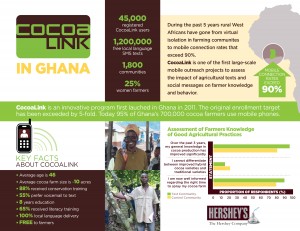
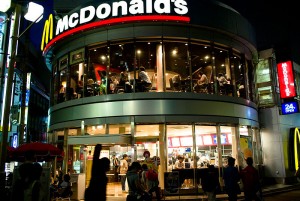


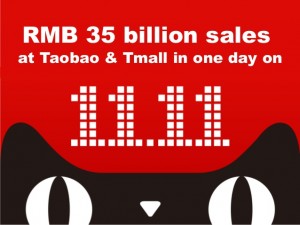
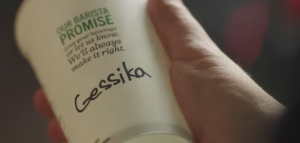

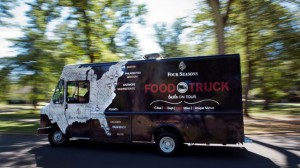
Recent Comments